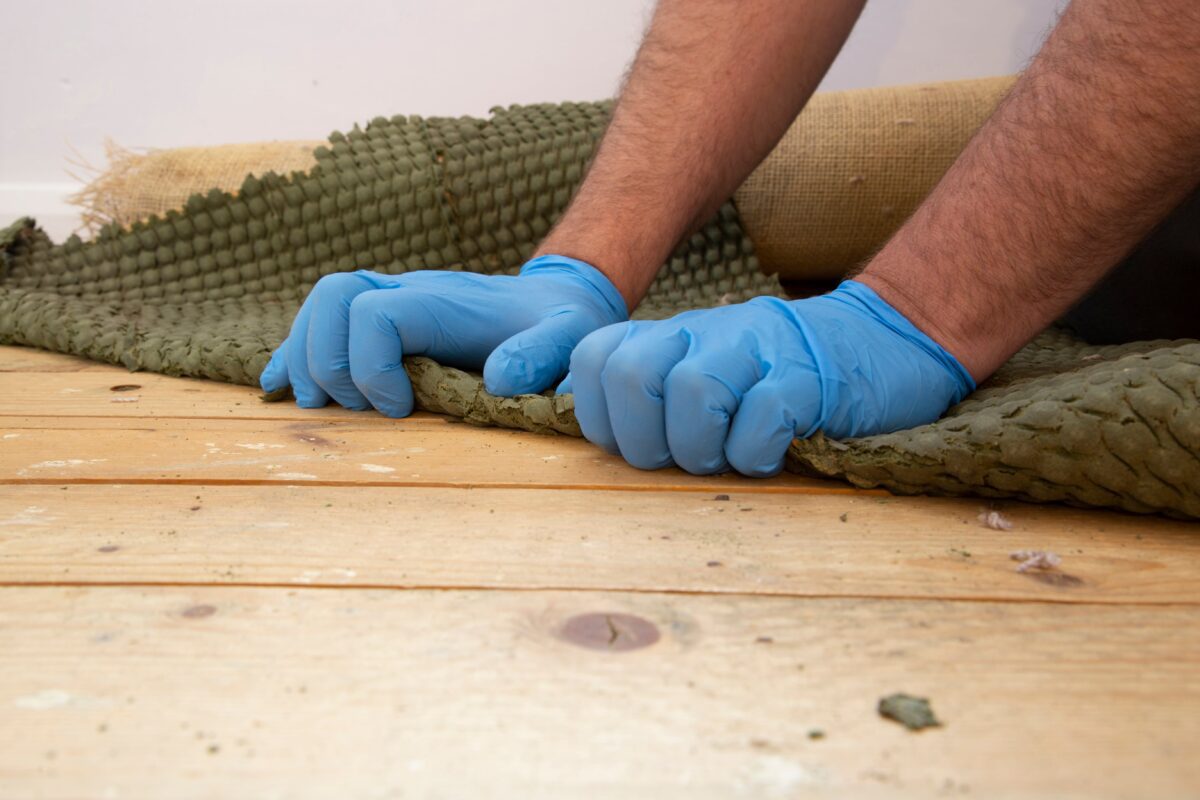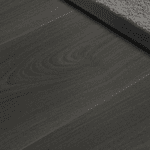
Blog
Should I Replace My Underlay When Getting New Flooring?

It’s an important question. If you’re investing in a new carpet, laminate, or wood floor, you might try and save money by keeping your existing underlay. Especially if it doesn’t seem to be compressed, indented, or suffer from other visual imperfections. If your old underlay looks to be in good knick, then why bother replacing it with a new underlay at all?
The advice from our flooring experts is clear: yes you should replace your underlay whenever you replace your carpet. Both because a) if your carpet is old enough to be replaced, your underlay probably is too and b) reusing carpet underlay has other hidden issues, even if it seems to be in good working order.
Below we’ll take a look at why replacing your underlay is the better idea whenever you replace your flooring.
Is Reusing Carpet Underlay Ever A Good Idea?
Considering all the different types of underlay, it’s difficult to give a sweeping answer to this question. Generally reusing underlay beneath your flooring isn’t a great idea because if you want your new flooring to withstand foot traffic for a while, then you’ll need a robust underlay to support that – not one that’s already part way through its usable lifespan.
Let’s take a look at how long you can expect different underlays to last on average – but bare in mind this is not brand specific, so some brands may fall short or seriously overdeliver based on industry standards:
- PU foam underlay: up to 20 years (10-15 typically)
- PE foam underlay: around 10 years
- Natural material (wood fibre underlay): 20 years on average
- Natural material (cork underlay): approximately 10-15 years
- Crumb rubber underlay: up to 25 years
- Natural rubber underlay: 15-20 years
- Felt & rubber underlays: around 10-15 years
Whether or not you replace your current underlay is entirely up to you – but the further into its expected lifespan it is, the less useful it will prove to be for your new carpet or wood/laminate flooring.
Signs Of Underlay Failure
There are a number of common signs that it’s time to replace your old underlay. We’ll explore them below:
Sagging/Indentations
In high traffic areas, like hallways, office spaces, etc, where people are moving through it most of the time, sagging, indentations and visible signs of failing underlay is much more obvious. You’ll notice dips and bumps in your old carpet or clear drops in your laminate or wood flooring above.
Feel Underfoot
Most underlays at least act in some basic way as a shock absorber, with premium underlays being noticeably more comfortable. Over time, the feel of the underlay beneath your feet will change as it begins to fail. It will no longer feel plush and comfortable but hard and harsh underfoot as the thickness of the underlay is compressed.
Odours/Signs Of Damp
Where underlays with moisture barriers fail, you might notice damp and moisture seeping through the underlay to the carpet, wood, or laminate above. Even if the moisture doesn’t reach the top layer of flooring, you might notice a damp smell coming from the floor.
Stains
Old underlay can hold on to stains that seep through the carpet above. You can clean the top layer, but sometimes the underlay will be stained regardless. As your carpet above begins to wear, you might notice old stains peeking back through and the only thing you can do to get rid of it is replace the underlay and top flooring layer.
Damage
If an underlay is past its best, then you’ll notice visible signs of damage. Tears are common after heavy foot traffic has passed over underlay for years and years, and this tear is very obvious once the old flooring on top is removed.
How Would Replacing My Carpet/Laminate/Wood Flooring Without Underlay Affect Warranties?
Some manufacturers and installers of new flooring will simply void your warranty right away if you refuse to install a new underlay at the same time. Any guarantees such as free replacement of the carpet if it fails within 10 years would no longer stand either for many installers and manufacturers, as it’s often recommended to replace your underlay when replacing your old flooring to protect it in the best way possible.
It’s a risk some customers will be willing to take, especially if their underlay isn’t that old. Whether or not you see it as a risk worth taking depends on your own circumstances and how important keeping your warranty in tact is.
Why Replacing Underlay Is So Important
Replacing your underlay is vital if you want to get the most out of your new flooring. Failing to replace your underlay will lead to your new flooring’s lifespan being reduced. Away from that, new underlay can significantly reduce noise in the space and many offer some degree of insulation, keeping the room warmer for longer and meaning heat isn’t lost as readily through the subfloor.
Old underlay under new flooring is a bad combination, and one that will likely lead to regret later down the line when problems inevitably start to show themselves.
Installer Best Practices
Flooring installers and manufacturers will always recommend replacing your underlay at the same time to protect your investment. New flooring with new underlay is the industry best practice – and one we would always recommend at QA Flooring Solutions.
Should I Replace My Underlay When Getting New Flooring? Final Thoughts
If you’re questioning it then the answer is already yes – yes you should replace your underlay when getting new flooring. Failure to do so can lead to problems down the line such as issues with keeping your new flooring looking new for longer.
A new underlay paired with new carpet, wood, or laminate flooring will extend the life of your flooring and make it overall more comfortable and effective.
Find your next underlay with QA today!


